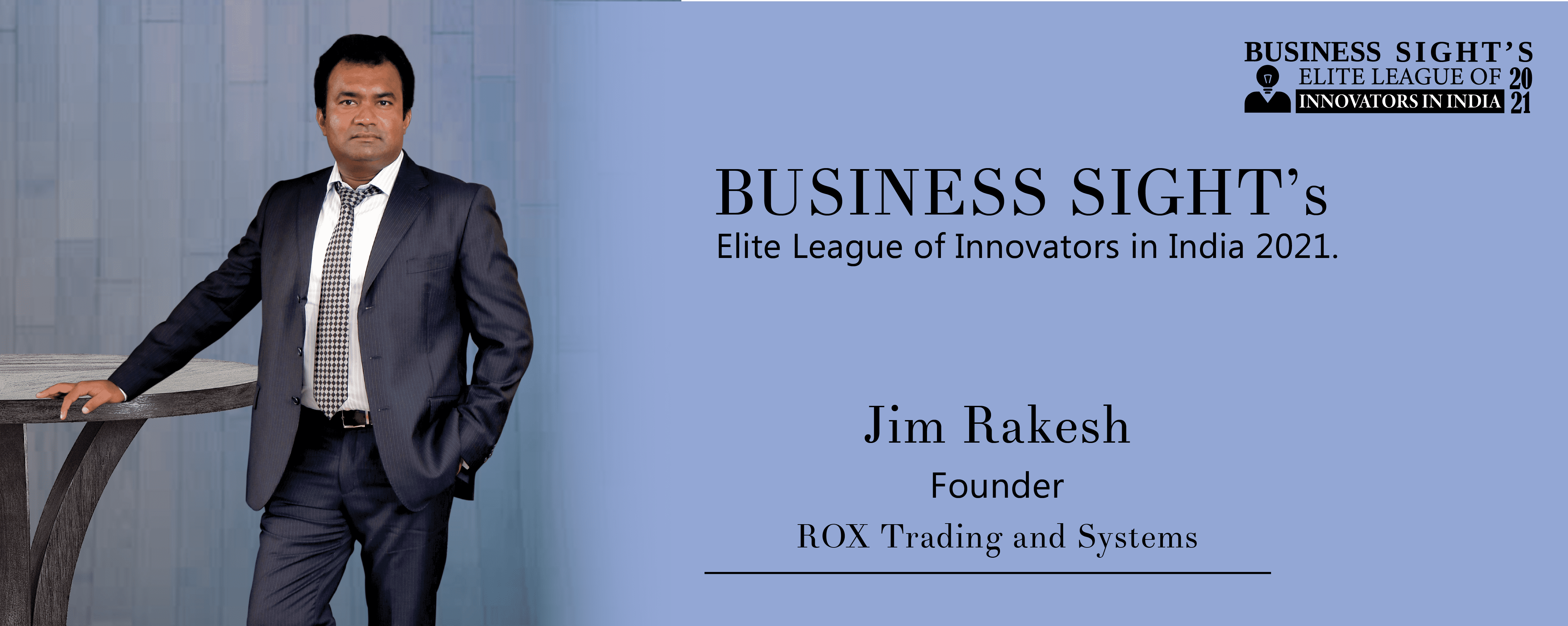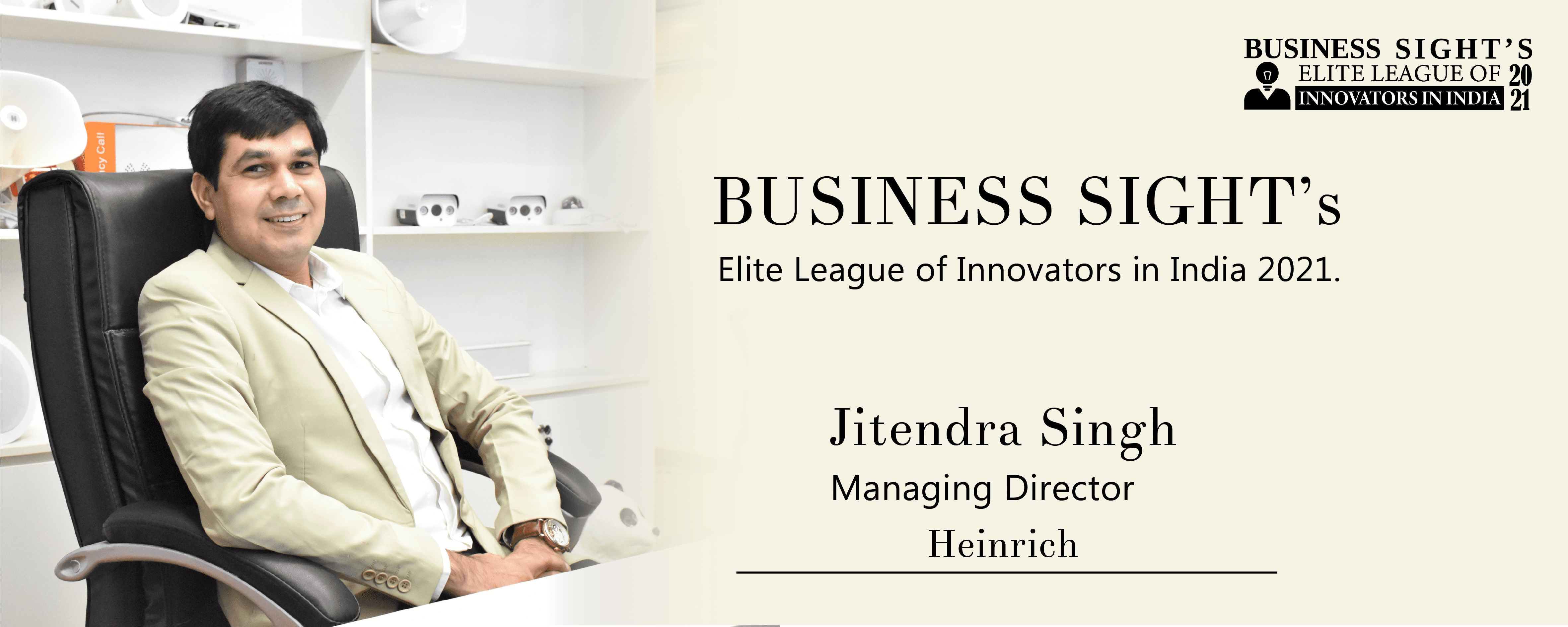Healthcare is one of India’s largest sectors – both in terms of revenue and employment. Healthcare not only means hospitals and healthcare centers, but it also include medical devices, clinical trials, outsourcing, telemedicine, medical tourism, health insurance, and medical equipment. The industry can be categorized into two major sectors – public and private. India’s competitive advantage lies in its rich and diverse pool of well-trained medical professionals and the cost of medical services which is much cheaper than the US or European countries.
The Indian healthcare industry is poised to grow to over USD 280 billion by 2020, which is almost ten times from 2005. Change in Demographic and rising awareness levels are the primary reason behind the growth of the Indian Healthcare system. The healthcare ecosystem is experiencing an inflection point in India, and the experts are optimistic about a steep rise in the industry. However, changes are still to be made the way the industry is perceived and has to be treated with the same equanimity as other industries like banking, finance or technology.
The plight of its healthcare industry determines a country’s growth, the higher the human development indices, the better is the performance of the country, health-wise. There are several factors which have contributed to the development in the healthcare ecosystem in India, few of them are
Rising Demographics: There is a significant difference between the way we live earlier and the way we live today, thanks to the changing lifestyle standards, better sanitation, clean surroundings and above all rising awareness among citizens to keep the country clean.
Increase in affordability: One of the primary reasons is the improvement in the affordability of even a common man, everyone desires value for money and wants the best treatment available, this has increased the healthcare scenario in India.
Increase in lifestyle diseases: Lifestyle diseases comprised 18 percent of total ailments in India which triggers demand for around the year special treatment, tests, and care that leads to increased earning for hospitals.
Insurance: Insurance has played a crucial role in increasing the healthcare scenario in India, as schemes like Mediclaim and cashless payment has empowered people to avail medical facilities without worrying about the fees. It has improved the affordability and given power in the hands of the common man.
Although the above factors and few more have contributed to a rise in the healthcare industry, there are still factors which are the challenges the industry is still facing, few of them are
Infectious and acute diseases: A lot of rural population suffers from infectious and acute diseases, but abstain from taking a proper treatment considering it as a lifelong ailment.
Lower insurance penetration: Although insurance has added significantly to the healthcare industry, it has not still touched the rural segment. Because of the low- penetration, it has not produced the result it was expected to deliver.
The difference in infrastructure and facilities: While the urban cities witness state-of-the-art hospitals and medical centers, the rural is unfortunate to see such a massive investment in infrastructure at the rural level.
There are several reasons for the upsurge as well as the downfall of the healthcare system in India, but, the factor that will always remain one of the major determining factors is the patient-centric care at affordable rates. According to the nature of the healthcare ecosystem in India, several hospitals and other medical centers are realizing the need for patient-centric care and how focusing on the patient need will lead to improvement in the healthcare ecosystem and the economy as a whole.
Integrated healthcare is another way to increase the efficiency of the system and expect the desired results. An integrated approach is about integration between separate organizations, whose primary objective is to focus o the continuum of healthcare delivery around patients and populations. The need of the hour is to integrate the private players with the government and the local players and follow a professional and legislation driven approach to bring about a change in the entire ecosystem.
Whatever the authorities decide as a policy decision, The objective should always be to ensure that the most suitable and result-driven care is provided wherever and whenever it is needed.
India is undoubtedly a land full of opportunities for players in the medical industry and also one of the leading destinations for high-end diagnostic services. A look at the data and statistics reveal that the consumers to have become more conscious towards their healthcare upkeep. The need is only to follow a professional yet caring approach where all stakeholders, especially, patients are given their due, and their demands are met.

















